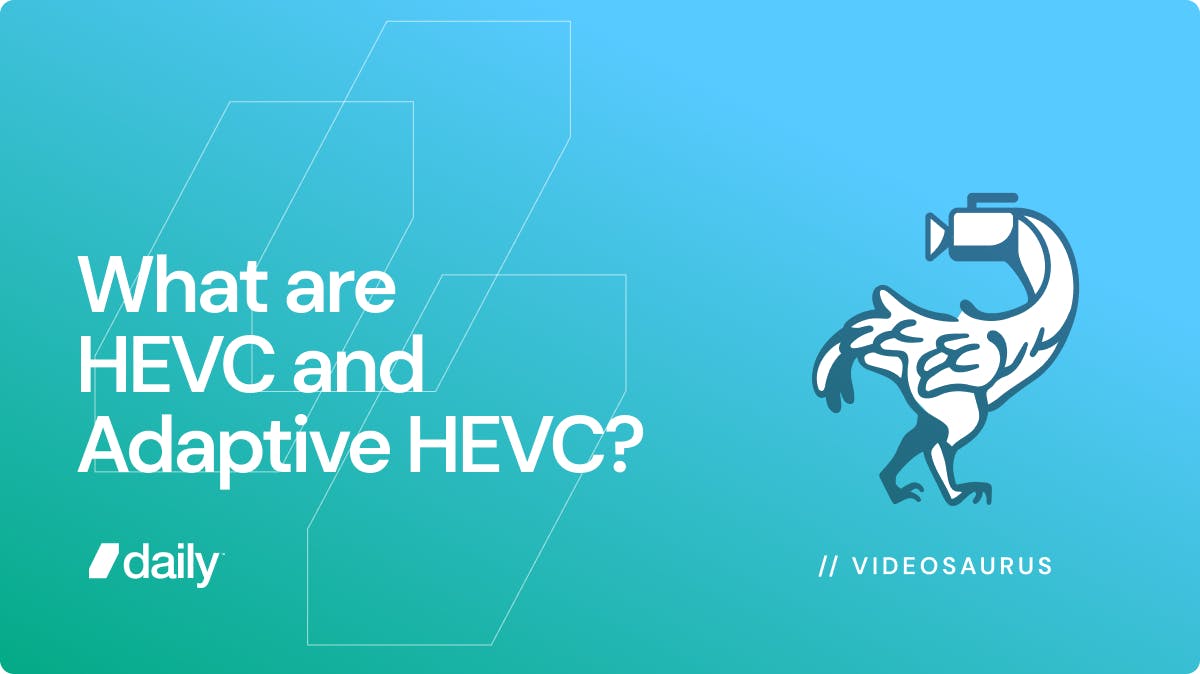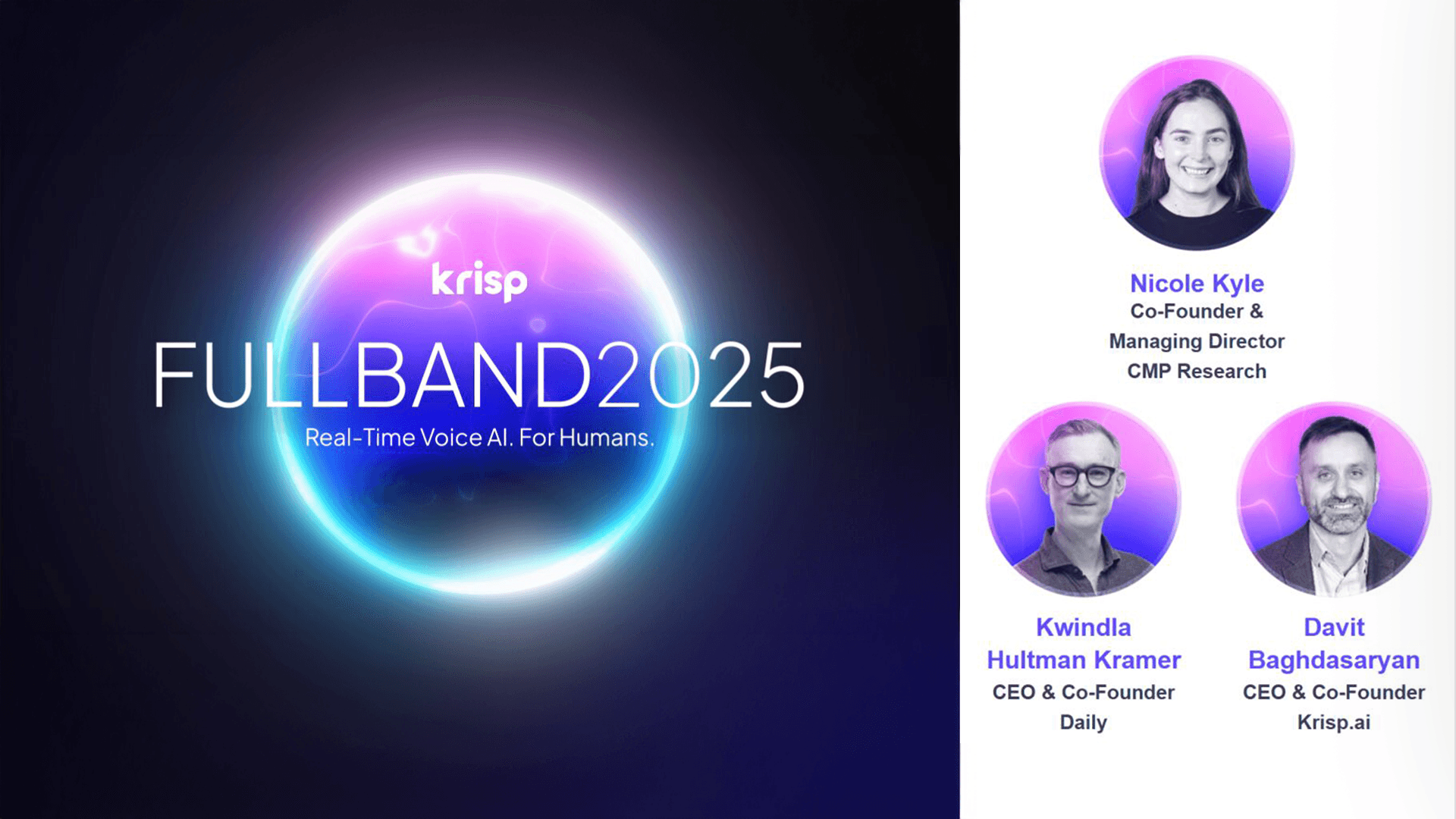What are HEVC and Adaptive HEVC?

HEVC is a relatively new video codec that offers excellent compression and video quality. HEVC is also called H.265 and is the successor to today’s most widely used codec, H.264.
How do codecs work?
Video codecs are the workhorses that power today’s video-centric applications. Every time you watch a video on your computer, phone, or TV, a codec was used to compress the video so that it could be stored and sent over the network. And that same codec is used to decompress the video so the video can be played on your screen. In fact the technical term “codec” is just a shortened version of “compression-decompression.”
A codecs job is to compress a video file as much as possible while preserving as much of the original video information as possible. The goal is to achieve both very low bitrates and very high quality.
As codecs have gotten better, it has become possible to compress video more and more, while still delivering very high video quality. But there’s a tradeoff: with each generation of improvement, codecs have become more computational intensive. Today’s codecs are powerful enough to compress and decompress HD video into small enough streams that we can send them over the Internet in real-time, at quality levels that are hard to tell apart from the original raw video. But to use them, we need specialized hardware support built into our devices.
HEVC compatibility on mobile devices
Apple has led the way with HEVC. Hardware HEVC support is now available on every iOS device. This is a big deal, because HEVC can achieve similar quality levels with bitrates as low as one-third those of H.264. A 1 megabit-per-second HEVC stream will often be visually indistinguishable from a 3 megabit-per-second H.264 stream. And even for content that is difficult to compress well, HEVC will use half the bitrate of H.264 for the same quality.
The only problem with HEVC, today, is that support on non-iOS devices is not yet widespread. Some Android phones have HEVC hardware support. But less expensive Android devices mostly can’t use HEVC. Chrome can play HEVC video but HEVC is not wired up for WebRTC in Chrome. Safari on macOS supports WebRTC behind a Developer flag.
Still, using HEVC is such a big win that it often makes sense to use HEVC for interactive live streams and video calling applications where many users are expected to be using iOS. To enable use of HEVC while maintaining compatibility for all clients, Daily has implemented Adaptive HEVC.
When Adaptive HEVC is enabled in a Daily session, two video streams are sent in parallel: a high-quality HEVC stream and a medium-quality H.264 stream. Both streams use the iOS hardware video encoder, so performance and battery life are very good. Daily’s media servers send the HEVC stream to clients that can decode HEVC, and they send the H.264 stream to all other clients.
FAQ:
- For more information on the benefits of Adaptive HEVC, see this video explaining the feature?
- For side-by-side comparisons of H.264 and HEVC video quality on a typical cellular data network with moderately high packet loss, see this video that goes into more depth about H.264, HEVC, and video quality.
- The Wikipedia article about HEVC has a wealth of information about the history of the H.264/H.265 family of video codecs
- Did you know that the HEIF video format — Apple Live Photos — is closely related to HEVC?
Another next-generation codec, called AV1, offers even better performance than HEVC. But AV1 support is even less wide-spread today than HEVC support. In the future, we will be able to use both HEVC and AV1 on all of our devices, but that future is still several years away!
Want to learn more about Live Streaming? Visit our community, developer resources, or our blog.


